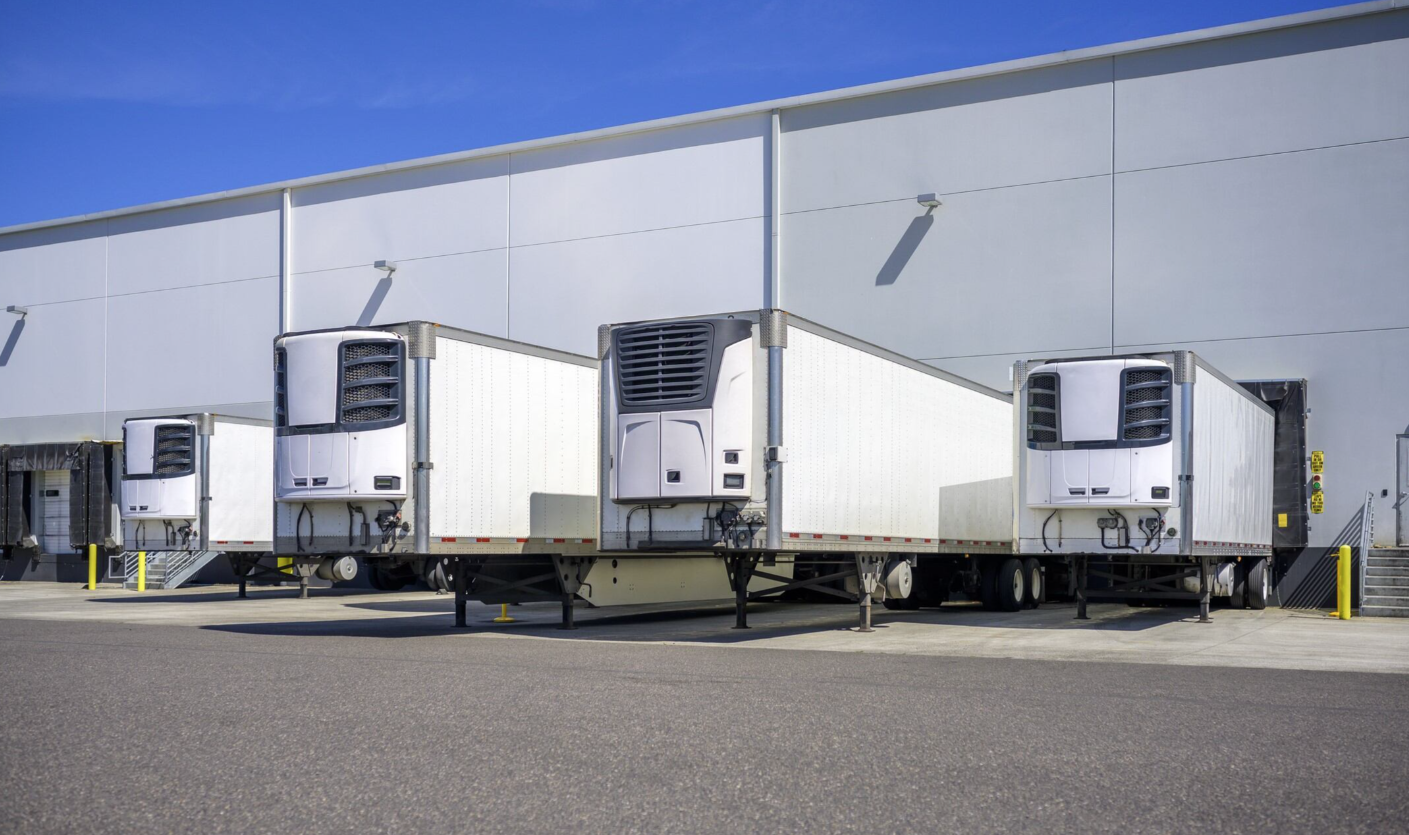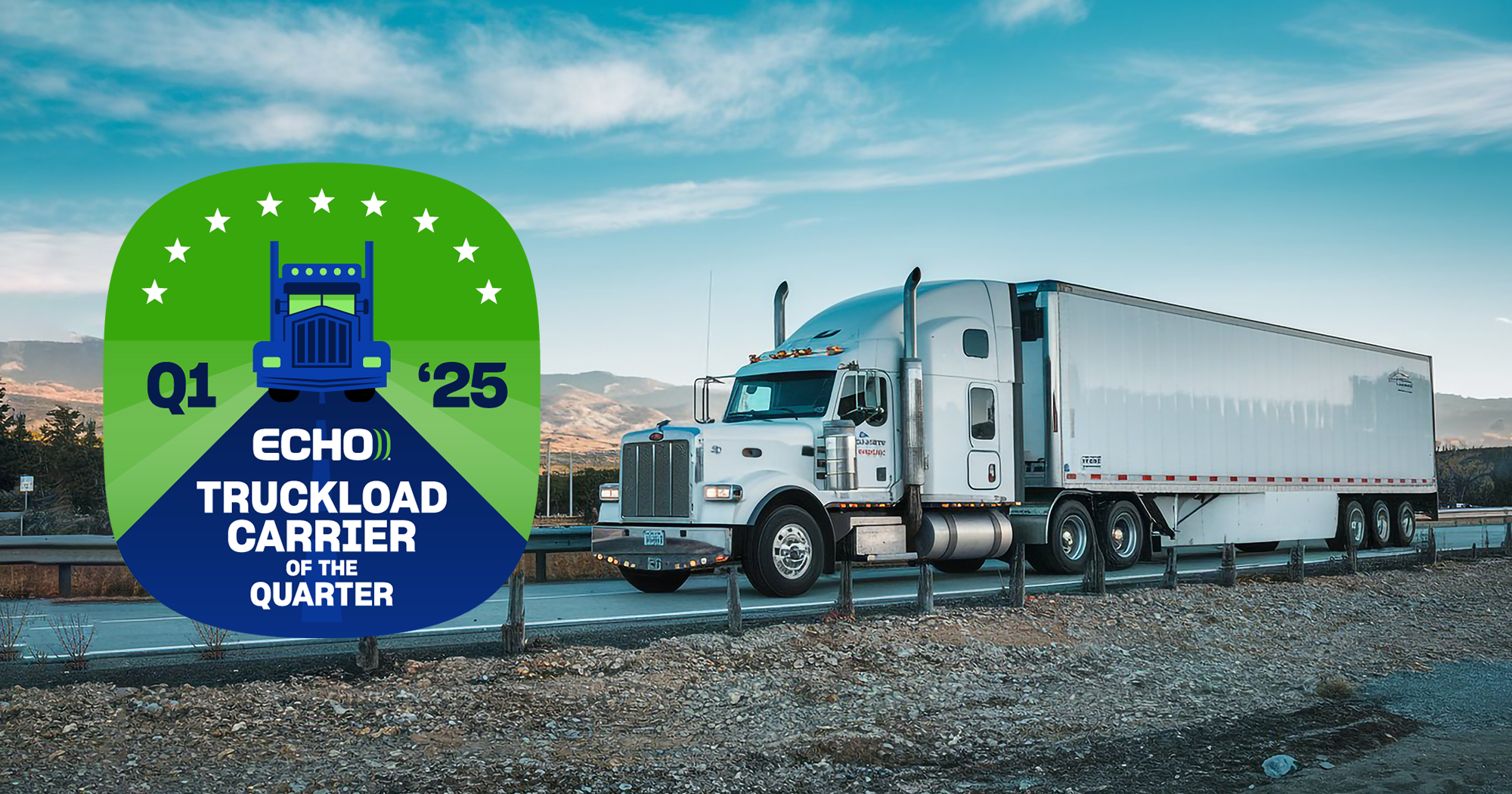National Motor Freight Classifications, or NMFC codes, are an industry-wide standard for simplifying the process of balancing different commodities and calculating shipping costs. This numerical system organizes commodities into one of 17 different freight classes, from a low class of 50 to a high of 500 based on four characteristics:
Density – Density is determined by a simple equation: dividing the item’s weight by its cubic feet.
Liability – Liability depends on the value of the freight and the likelihood of freight being damaged or causing damage to other freight around it.
Stowability – How efficiently freight packs into a trailer determines its stowability. This also factors in considerations that need to be made so freight rides safely.
Handling – Handling depends on the ease or difficulty of maneuvering freight as it moves through an LTL network.
The National Motor Freight Traffic Association (NMFTA) has announced significant updates to the NMFC system. These changes will impact how freight is classified and are important for shippers to understand. The changes are intended to simplify the NMFC system, enhance the user experience by making it easier to use and understand, and increase efficiency by classifying freight correctly on the first attempt.
Here’s what you need to know:
Although the 17-tier classification density scale remains unchanged, the standard density chart, used today, which includes 11 classes ranging from 60 to 400, will be expanded to a 13-tier chart with classes 50 and 55. Commodities currently classified under the 11-tier chart will be converted to the new 13-tier version. Commodities with custom density tiers and those where stowability, handling, and liability are less impactful will also be converted to the 13-tier. Lastly, commodity codes or numbers may change as part of this update.
Approximately 20% of all commodities are being converted to the new standard 13-tier density chart. Certain commodities are already on the 11-tier chart and will benefit from two additional classes: 55 and 60. These classes have been added for higher density items. There is potential for much higher freight costs if your commodity needs to be classified at a higher level.
Here’s how the new density scale will be standardized under the 13-tier system:
| Freight density in pounds per cubic foot | Freight class |
| Less than 1 | 400 |
| 1 but less than 2 | 300 |
| 2 but less than 4 | 250 |
| 4 but less than 6 | 175 |
| 6 but less than 8 | 125 |
| 8 but less than 10 | 100 |
| 10 but less than 12 | 92.5 |
| 12 but less than 15 | 85 |
| 15 but less than 22.5 | 70 |
| 22.5 but less than 30 | 65 |
| 30 but less than 35 | 60 |
| 35 but less than 50 | 55 |
| 50+ | 50 |
Also of note, the following classes still exist but are not a part of the current 11-tier or future 13-tier density scales: 77.5, 110, 200, 500.
NMFTA will be implementing the new system which will become effective July 19, 2025.
In anticipation of these changes, Echo is working with shippers to advise them to what extent they are going to be impacted by this change. Echo will ensure that our online density calculator aligns with the new classification standard, providing tools for the classification process, and ensuring our clients are aware of the changes and prepared to handle them as they come. It’s essential for shippers to know the dimensions and weight of their loads to accurately calculate freight classifications, as many commodities will switch to the new standard density scale.
For a complete list of codes affected by these changes, visit www.nmfcchanges.com. An online tool that will allow users to input their current NMFC code and see what the new code will be is also available at www.getclassification.com.
This change incentivizes shippers to consider how their freight is packaged and what size pallets they are using. Anywhere you can “take the air out” of your shipments, you have the potential to save money on your LTL freight costs. Dimensioning technology is being adopted by shippers more than ever. Echo can help navigate this process by reviewing available options in the marketplace and offering connections with providers.
Considering these many changes, staying informed helps with navigating freight classification and avoiding unnecessary charges. Count on a logistics expert and trusted transportation management partner such as Echo to help steer you through NMFC codes and freight regulations so every shipment arrives safely, securely, and on time.
Contact an Echo representative today at 800-354-7993 or info@echo.com or request a quote for a shipment.
For informational purposes



